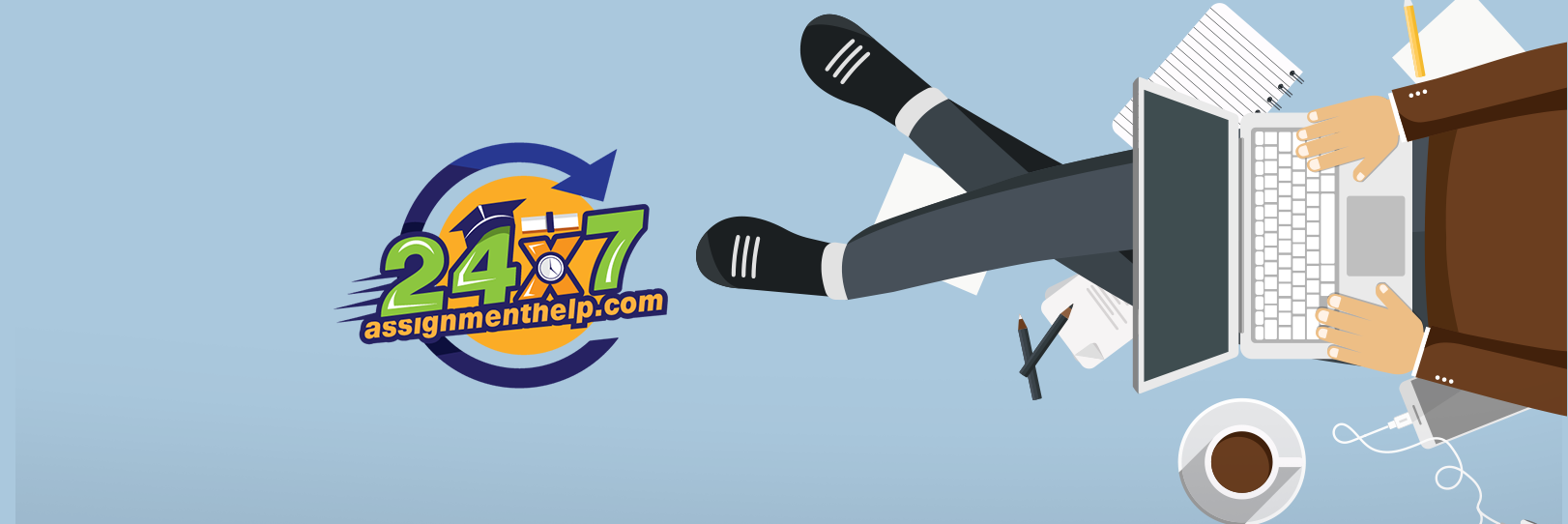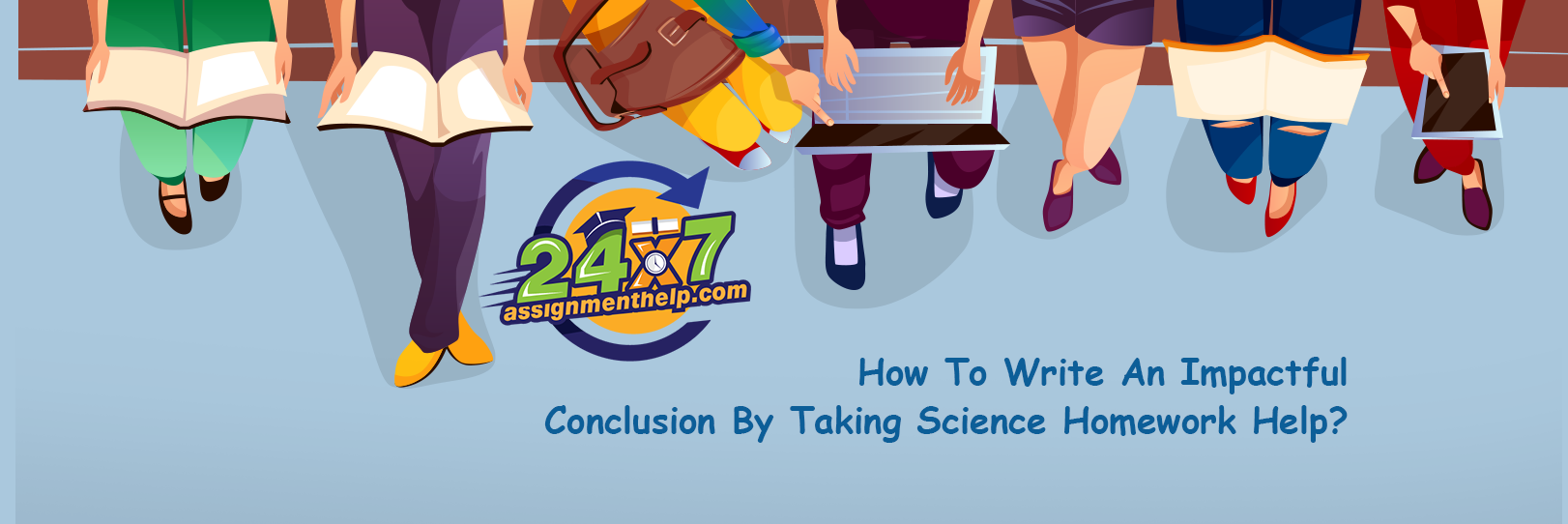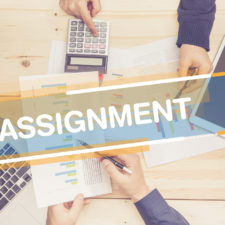Dyslexia is not a disease to shy away, but a responsibility to hold on.
Defining Dyslexia
It is a condition where a person faces difficulty in distinguishing letters, writing, spelling and even speaking. It does not imply that the person is abnormal. It is a misconception of an elephantine size when people start mixing up these wrong ideas on hearing about dyslexic people. A dyslexic person is completely normal like any other person.
- Dyslexia is nothing but difficulty in learning.
- There is no fixed age group. The symptoms may be noticed in a 3 years old child to an elderly person whose age may be over 65 years.
- It is a problem of verbal and written expression and not of any visual kind.
- It cannot be associated with laziness and or low intelligent quotient.
- Most of the dyslexic people reveal amazing creativity which can leave anybody
- A dyslexic person not only faces trouble regarding learning but may also experience delayed speech or begin talking late.
- A dyslexic comprehends letters the way it is written but faces a great deal of difficulty in jotting the same letters down. For example, a child seeing the letter ‘b’ will write as ‘b’ but a dyslexic child sees the same letter the way it is and writes it as ‘d’. This because the child cannot differentiate the two different letters. ‘b’ and ‘d’ being a mirror image gives rise to this confusion.
Symptoms of Dyslexia
- Difficulty in Learning: At an initial growth stage, a child has trouble unravelling letters and words. It is not that the child is incompetent or does not have any normal intelligence, but because the words and letters inside his or her mind are all jumbled up.
- Late Beginner: In comparison to other children, a dyslexic is a late beginner in his or her life. Walking, talking, crawling, riding bicycles and catching throwing objects also takes a backstage in the initial growing period. It is not that these activities do not develop. It simply takes a longer time to come to light.
- Speech: For a person suffering from dyslexia, pronouncing words and reciting poems are like a herculean task for him or her. The inability to distinguish between words and the inability to understand the flow of rhyming words frightens the child to the point of slurred speech.
- Complexity towards data: A child may have difficulty remembering names of days and months, colours and numbers. A child may also face complication in solving simple mathematical problems.
- Coordination: The ability to establish coordination between mind and body becomes a puzzling job for a child, resulting in clumsiness.
- Direction confusion: A child even finds complexity in distinguishing from left to right. This leads to their chances of getting lost.
- Problems regarding phonology: Phonology explains the way how sounds function in a language. A word with two or more syllables becomes a complication for a child to understand. A word like “understanding


















